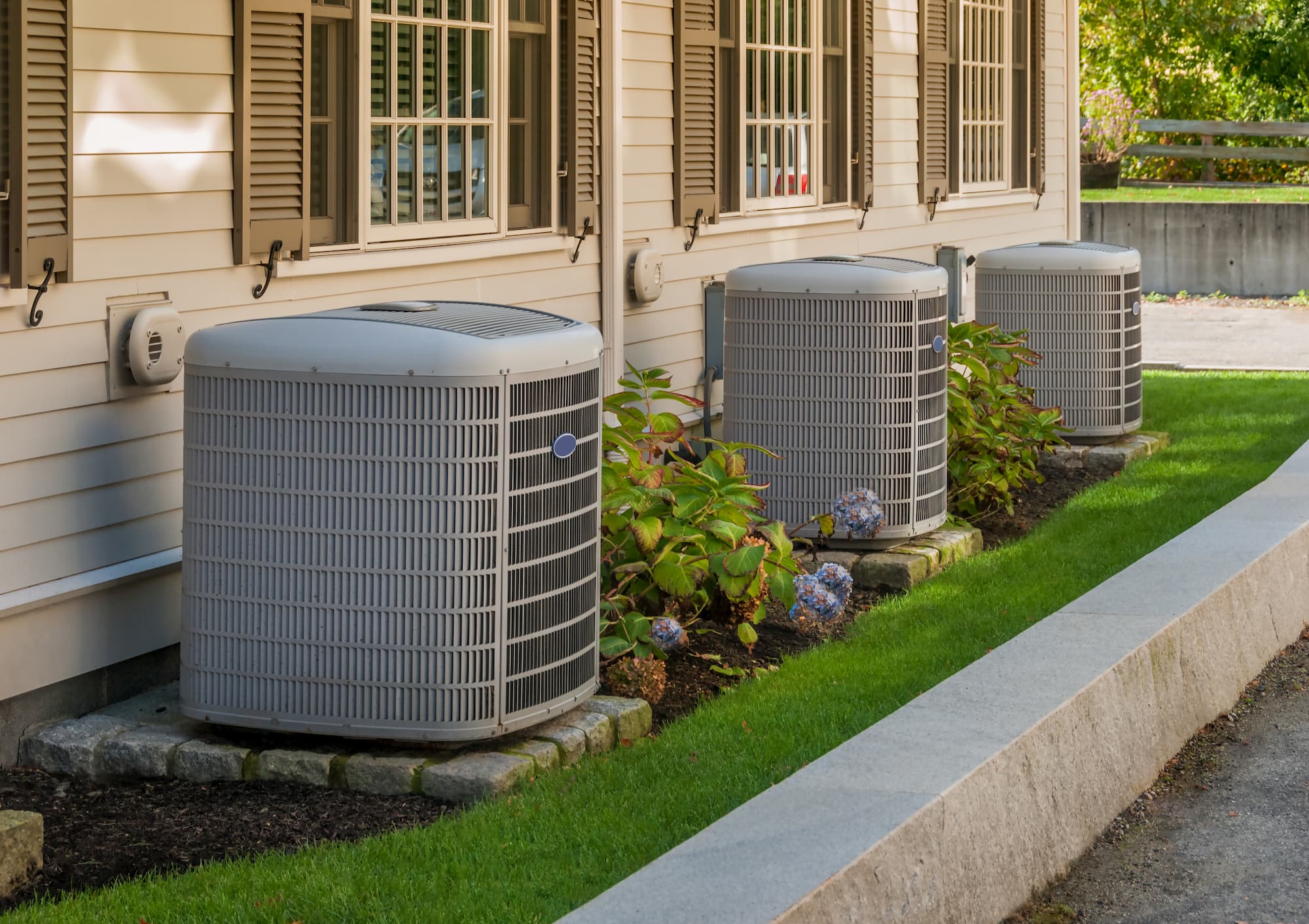Looking to have an HVAC system set up or upgraded at your residential, commercial, or industrial space in the USA?
Literally, the HVAC system is an acronym that stands for a Heating, Ventilating, and Air Conditioning System. An HVAC system is designed from the principles of thermodynamics, fluid mechanics, and heat transfer. It’s designed to provide both thermal control and indoor comfort.
Maybe you’re looking to have an HVAC system set up at your residential, commercial, or industrial space in the USA; aside from knowing what the HVAC System stands for, there is more to it. For this reason, Top10US.com has helped to make a list of Everything You Need To Know About HVAC Systems in 2021.
Know Your HVAC System’s Component Part
It’s important to know the component parts of your HVAC System and how each works. The major component parts include:
Thermostat
The thermostat is the most conspicuous part of an HVAC system and it is, in fact, the part you get to interact with the most. You can configure it manually to detect when the ambient temp if your space becomes too cold or hot. It will then trigger your HVAC system to distribute the needed air to strike a balance. Think of it as the brain.
Furnace
The furnace takes much more space, unlike the other component parts. It serves as an air heater. It also distributes heated air throughout your space via the ductwork.
Evaporator Coil
The evaporator coil serves as a coolant that reduces the air temp when your thermostat is set to a much lower temp. It’s the source of the cold air that’s being distributed across your space: residential, commercial and industrial.
Compressor
The compressor is an integral part of the entire cooling process of your HVAC system. It facilitates the entire heat transfer cycle within your air conditioning network.
Common Terms You Should Watch Out For And What They Mean
B.T.U
A B.T.U is the British Thermal Unit. It specifies the power output of an HVAC system and it helps to determine the right HVAC system most suitable for the heating and cooling of your space: residential, commercial, and industrial.
SEER
The S.E.E.R the Seasonal Energy Efficiency Ratio. It helps in tracking the HVAC system by monitoring its efficiency.
A.F.U.E
A.F.U.E is the Annual Fuel Utilization Efficiency. It helps to track the efficiency of your furnace in converting heat to energy. It’s measured in %s. A higher % implies your furnace is highly efficient and has a lower energy cost.
Different Types Of HVAC Systems
Aside from the heating and cooling functions of HVAC systems, they also act as dehumidifiers. It is important for you to know the HVAC type that’s most suitable for your space: residential, commercial and industrial.
Some common HVAC systems include Hybrid Split Systems, Standard Split Systems, Ductless Split Systems, Main Split Systems, Zoned Systems, and Central HVAC Systems.
Top10US.com will help you identify the perfect HVAC system suitable for your space residential, commercial, and industrial and that’s within your budget.




